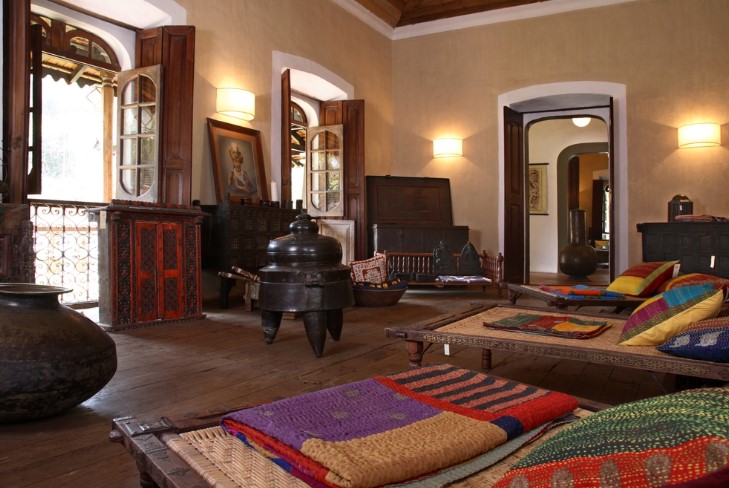
How to Incorporate Traditional Style Elements Into Your Home Design
Traditional home decor draws inspiration from Europe’s 18th and 19th-century design styles. It is a warm and comforting style that adds class to your home.
The key elements of traditional style homes in Dallas, TX include an orderly aesthetic, wood, velvet, and upholstered substantially-sized furniture. Keep reading to learn how to incorporate these classic elements into your home design.
Colors
Rich, neutral tones regarding colors characterize the traditional design. You’ll also see jewel tones like red and blue appear in this style—they work well with the natural wood tones that are often featured in traditional spaces.
The use of patterns is another defining feature of traditional design, including plaids, gingham, damask, and toile. These patterns are often combined to create an elegantly layered look in a space.
When done correctly, the right mix of traditional elements can add intrigue to your home. But it’s important to be mindful of what doesn’t work and avoid an overly-traditional look that can feel dated or stuffy. Try striking a balance by mixing modern elements with traditional pieces to create an interesting mix.
Patterns
Traditional design is characterized by an orderly aesthetic, where furniture is often sold in sets, and there’s plenty of symmetry. This consistency is what makes traditional rooms feel calm and soothing. Colors should be neutral and warm, while patterns define the mood and add visual interest (think compatible wallpaper, drapery fabrics, area rugs, and upholstered furniture).
Taking its cues from 18th- and 19th-century Europe, the traditional style includes classic art, antique furniture, and age-old pieces. It can also incorporate more modern elements for a balanced look that’s both young and trendy. This design style is great for those wanting to update their homes without major changes. Millwork and decorative details, like crown moldings, baseboard trim, picture frame molding, built-ins, wooden stair railings, ceiling medallions, and wood paneling (like shiplap or board and batten), are essential to the traditional look.
Textures
Traditionally styled homes can feel elegant, luxurious, and timeless. 18th and 19th-century European home designs heavily influenced the design style.
Sabatella says, “The key elements of traditional style are curving lines, symmetry, and elegance.” The color palette can include deep hues such as navy blue, emerald green, rich red, or warm tones like natural tan or soft orange.
It is important to remember that traditional design is only sometimes expensive. Finding traditional pieces at flea markets, thrift stores, or online marketplaces is easy. Or, if you already have some traditional furniture, consider having them reupholstered with a more contemporary fabric. The push-pull of modern and traditional pieces keeps the design from feeling dated. Also, remember to add detail with molding and carvings.
Furniture
A traditional design style focuses on the finer details. Look for grand touches like candleholders, china, vases, decorative throw pillows, and area rugs in classic designs. These pieces often feature florals and motifs or natural textures.
Traditional fabrics are a must-have, ranging from fresh gingham to Laura Ashley conjuring florals and chintz. These fabrics are designed to be elegant but can also feel soft and romantic.
Traditional design elements can add a touch of elegance to any home, but it’s important to balance them with modern design and architecture. Otherwise, it can look overly formal and old-fashioned. Rummage through flea markets, thrift stores, and even Facebook marketplace to find one-of-a-kind traditional finds at a price you can afford. And remember to add classic art to the mix.
Accessories
Traditional style requires a curated, classic look that can be accomplished with various accessories and decor. This includes book collections, vases and floral arrangements, sophisticated rugs and drapes, and even metal kitchen rails for a vintage feel.
The important thing to remember when decorating with traditional elements is that symmetry is key. To create a balanced space around a focal point, such as a fireplace or television, all items should come in pairs, such as tables, chairs, lamps, and sconces.
While going overboard with traditional elements may be tempting, the key is balance. Be sure to incorporate modern silhouettes and clean lines in your home design to keep it fresh and contemporary. This approach strikes a healthy old-meets-new balance and makes your home timeless and elegant.